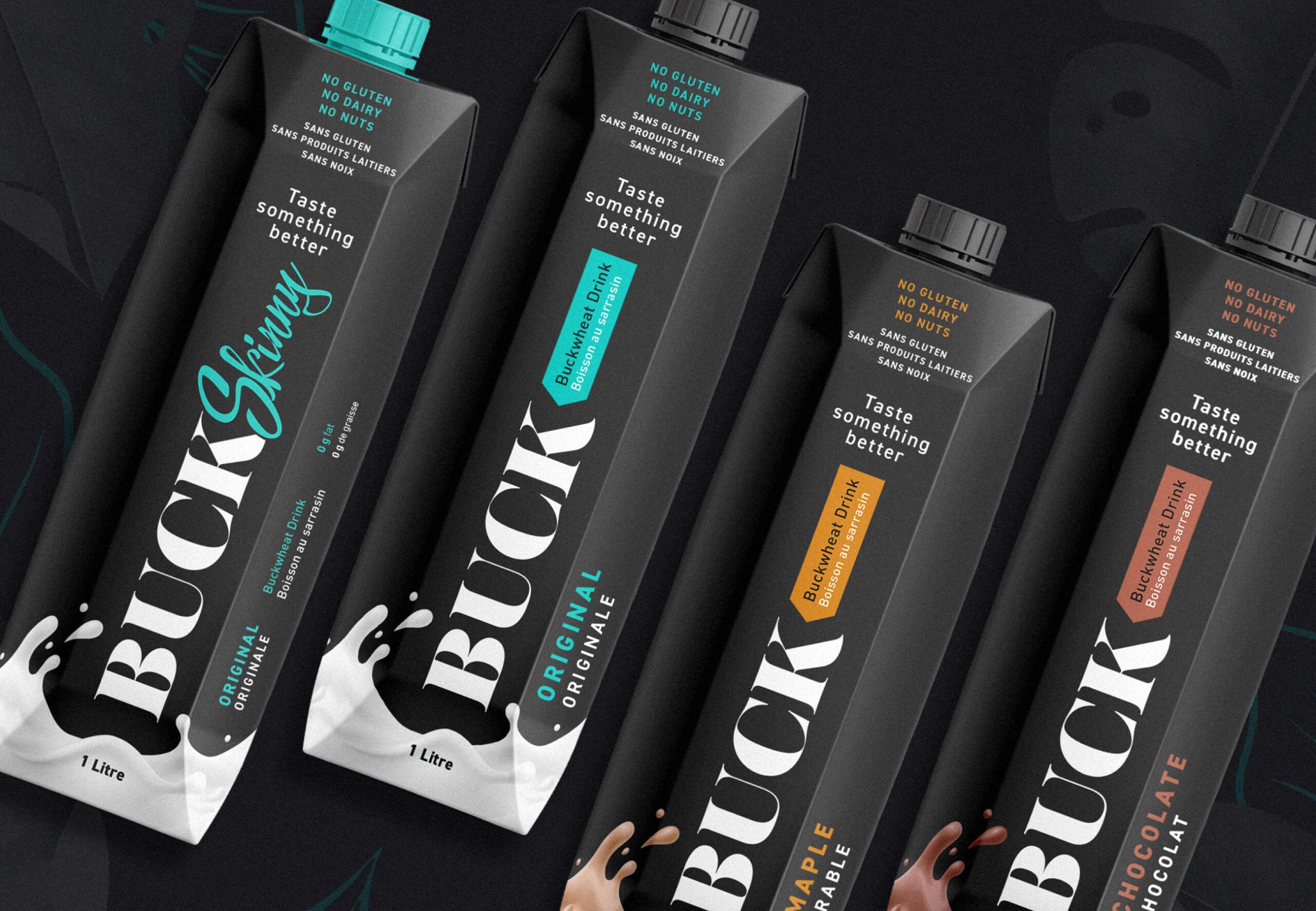Most companies know this but they fail to build compelling case studies because they forget that a case study is really just a story told well.
We’ve all seen or been through a sales pitch that is boring, poorly developed, and fails to present any real value or clarity.
Showing a half-baked case study is like marketing your mediocrity—it won’t inspire further inquiry… or worse, it will repel a potential buyer.
But it doesn’t have to be this way.
A good case study breaks down the process of how you, as a product or service provider, solved an issue and produced a specific result. This sales document should reveal a competitive advantage for your company in an inspiring way that injects the prospect with confidence, reassuring them that you are a qualified source of value. A well-built case study is a remarkable ‘pre-sell’ tool that can help you warm-up a cold lead faster than any other method.
At Crew we call this process Showcasing—a term we use instead of ‘case study’ simply because it sounds better (and we want to ensure that we are demonstrating the value we bring). Our goal is to engage the reader and illustrate how our efforts aligned with our client’s brand, addressed their needs, and produced authentic results. We don’t use hardcore sales tactics, we show value and tell the story and allow our prospects to make a good decision.
Clients regularly ask us to help them with their strategy so I decided to write down our process and make it available.
We follow the following the outline:
- Problem
- Solution
- Results
Problem
People reading a case study or hearing your story relate to other people. We often use their real names. For example, the opening of a case study can be the following: “Bill is a food entrepreneur in Abbotsford and needed a cost-effective solution to launch his new yogurt product locally in order to test the market”. We’re trying to bring the reader into the problem and the story of a real person so that they can empathize and frame their own situation in a similar way. Whenever we hear problems, people love to start thinking about the solutions. This is the hook.
Solution
This is where you outline the process and help the reader understand what it would be like to work with you and how you work best. Example: “Our Crew walked Bill and his team through our strategic process which included researching the market, products and category. After several weeks, we discovered a key insight that exotic flavours were a missing component in the yogurt category. We then combined the unique story of Bill’s farm to strengthen the communication and create a unique product that retailers that consumers would love.”
Most people don’t know how to buy products or services because it’s done so infrequently. The “Solution” of a Case Study or sales story helps educate the buyer in a memorable and non-threatening way. You can expand this section to tell more information and bring the reader/listener into the journey even more.
Results
Results are key because it’s proof that your “Solution” worked. Example: “The yogurt was listed immediately by retailers and has been consistently showing 15% growth month over month. One consumer on Instagram even said, “I just found my new fav yogurt and I’m not sharing it with my kids.” In some cases, you won’t have results yet, but you will have the result of the experience working with you. In this situation, a testimonial from consumers, customers or the client can come in very handy.
Take a look at the way we’ve outlined our case studies and hopefully, it inspires you to tell great stories of your own. If you need help developing them and making them “pop” we’re always here to help.

